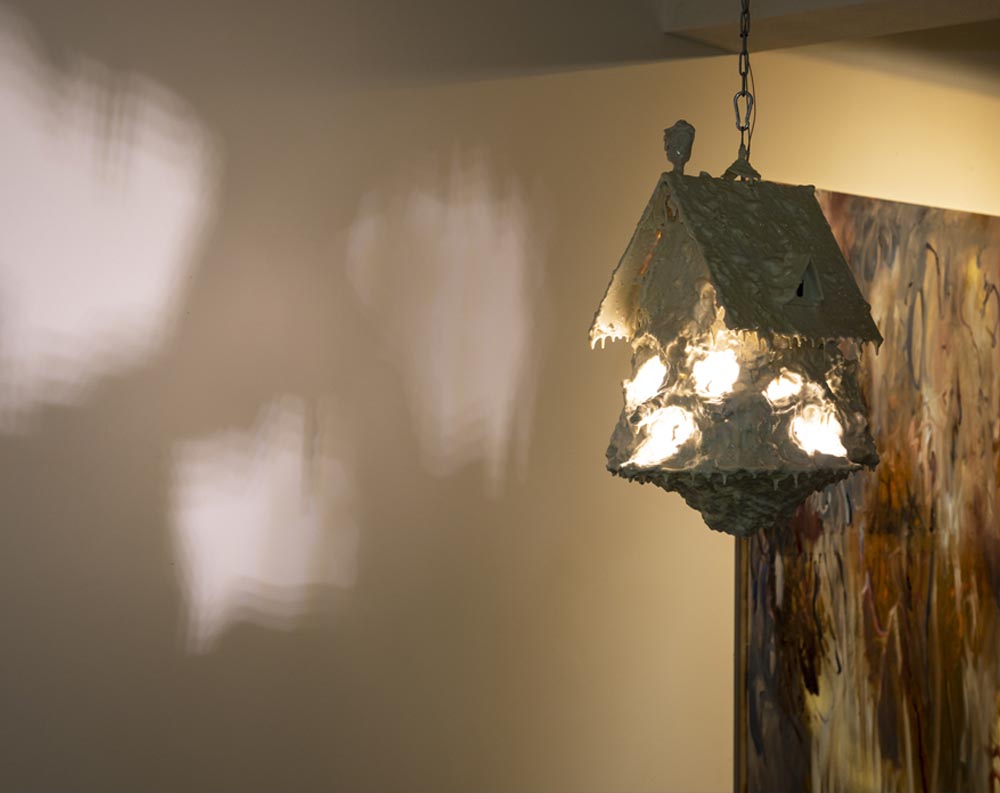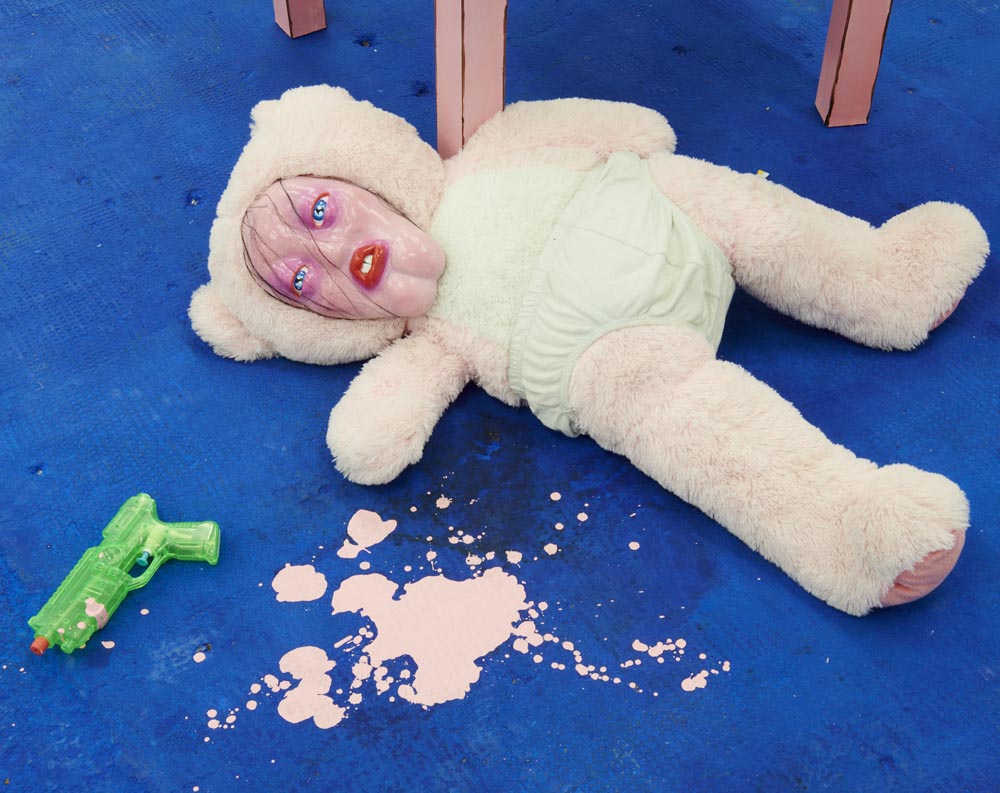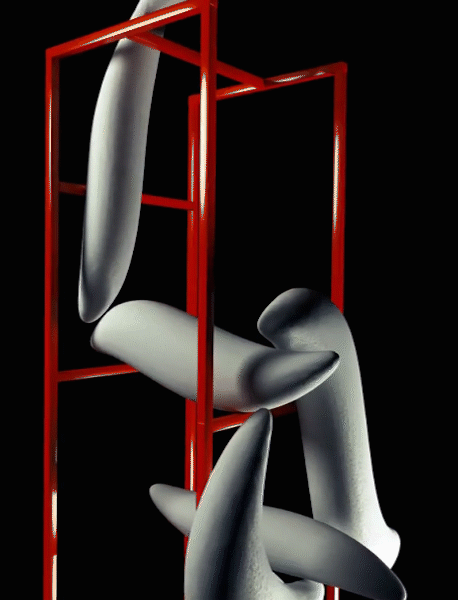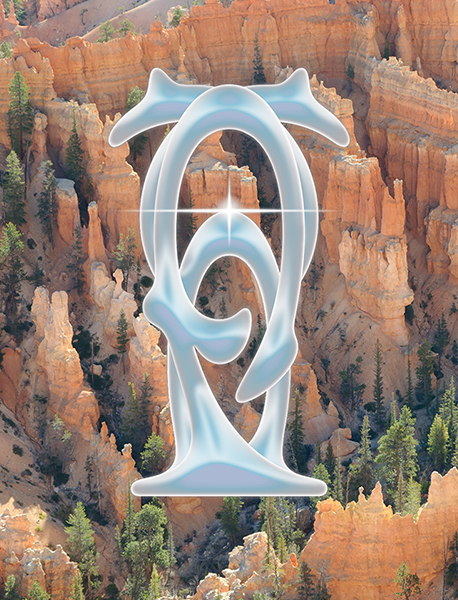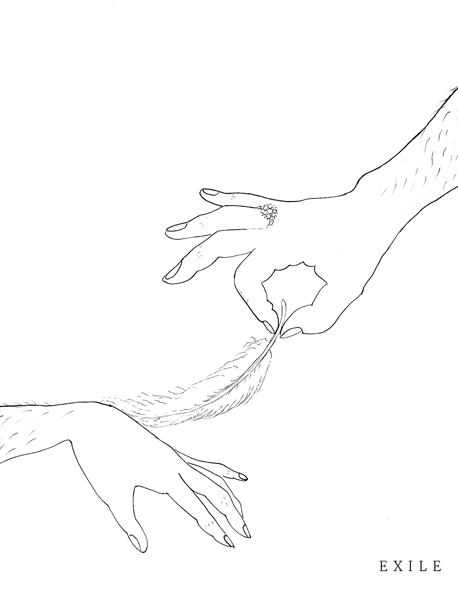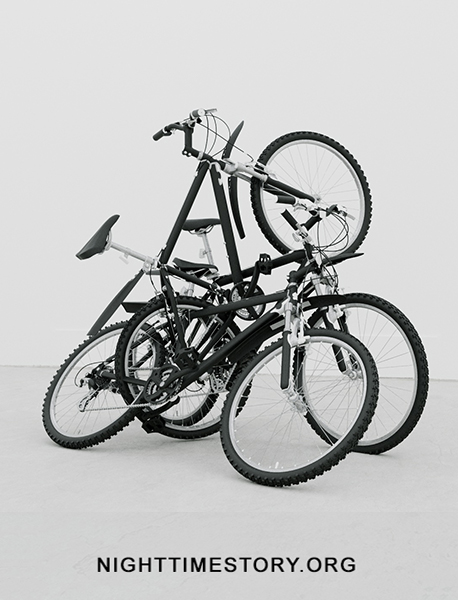OFLUXO
Ivor Almásy, Mátyás Erményi, István Felsmann, Márk Fridvalszki, Sári Gink, Dorottya Kalocsai, Bálint Katona, Katalin Kortmann Járay, Karina Mendreczky, Éva Szombat, Balázs Máté Tóth, Márton Emil Tóth
Curated and organised by Bálint Ács, Sári Gink, Dorottya Kalocsai, Zsófia Kókai, Katalin Kortmann Járay, Karina Mendreczky
At 1111 Gallery, Budapest and Gábor Sillye Culture House
October 20 — December 10, 2021
Photography by Mátyás Gyuricza and Zsuzsanna Simon
It is important to note that the exhibition took place intentionally in two different spaces with a difference of a couple of weeks. In October, the exhibition material was presented in the unrenovated rooms of the culture house in a small rural town, and right after in November in a gallery in the capital (Budapest).
— Svetlana Boym
When social scientist Roger Foster describes the adornoian relation to Proust, he highlights the connections between childhood and utopias: ‘Adorno often writes about childhood experience as a sort of refuge from the alienated, deadening forms of experience that prevail in the world of late modernity. Adorno developed this elevated sense of childhood, as a kind of placeholder for utopian social possibility […]’ (Foster, 2018.) This lies at the core of the program. The representation of the ‘liberated’ 1990s era childhood is an allegory for lost possibilities, but, paradoxically, also for possible futures, both in local and global context. The project aims to refresh a certain collective mentality by sharing memories and experiences, by highlighting hopes and desires, but also by underlining the uncertainty inherited from failed utopias and promises.
To quote Svetlana Boym, nostalgic retrospect is not merely an individual state, but a symptom of our time, a pandemic that seems to be intensifying with modernity. The person or persons experiencing nostalgia transform history into a private and collective mythology, by which time becomes a space that can be traversed again. We have a responsibility, we need to distinguish between actual and, over time, changed and coloured by emotional “lost home” memories that we longin for.
Through the works, participating artists examined their own past for both the local and global present (consumption, sustainability, local endowments) while playfully pointing out the hopes and needs for more ethical and sustainable practice, as well as more democratic norms, both for their own sake and for the common good of global society.
Both the current exhibitions and the long-term collaborative art project that encompasses it seek to join a discourse that focuses on examining the role of post-socialist childhood in collective memory. In recent years, for example, the institutional practices of the Childhood War Museum in Sarajevo or the Reconnect-recollect projects at the University of Tampere show that the study of childhood memories is now an unavoidable canonical part of research on history, social memory and cultural anthropology.






















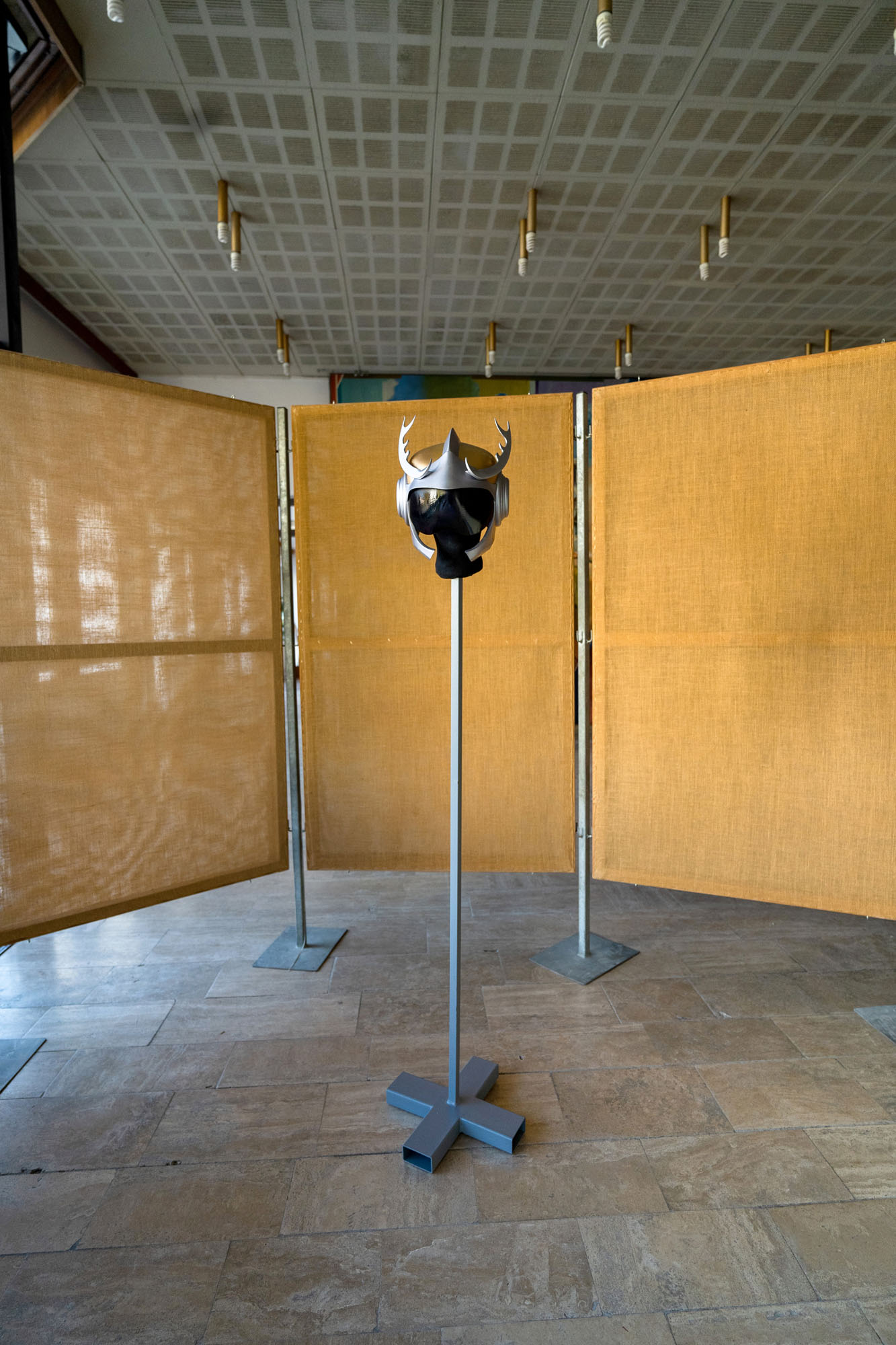
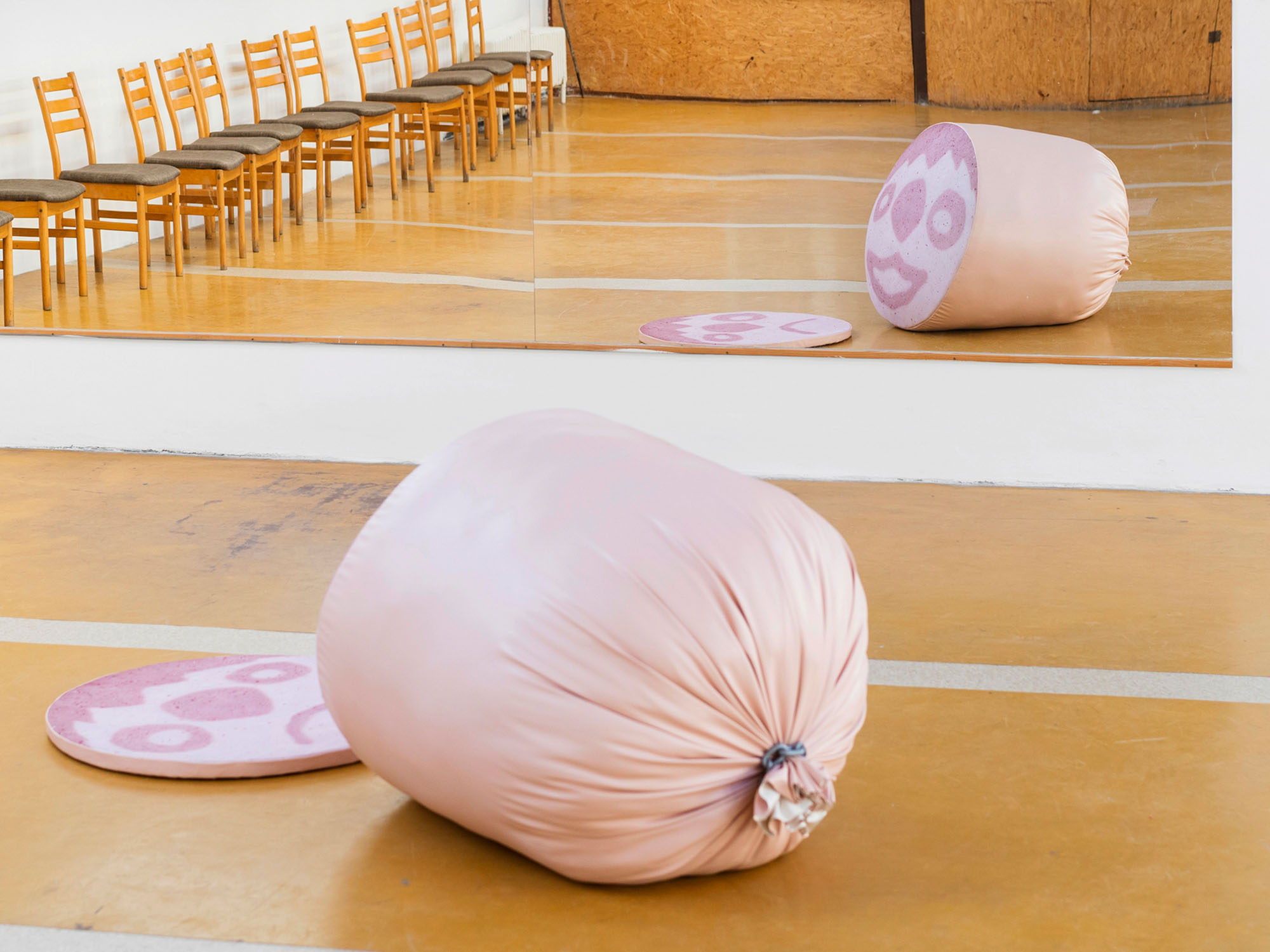
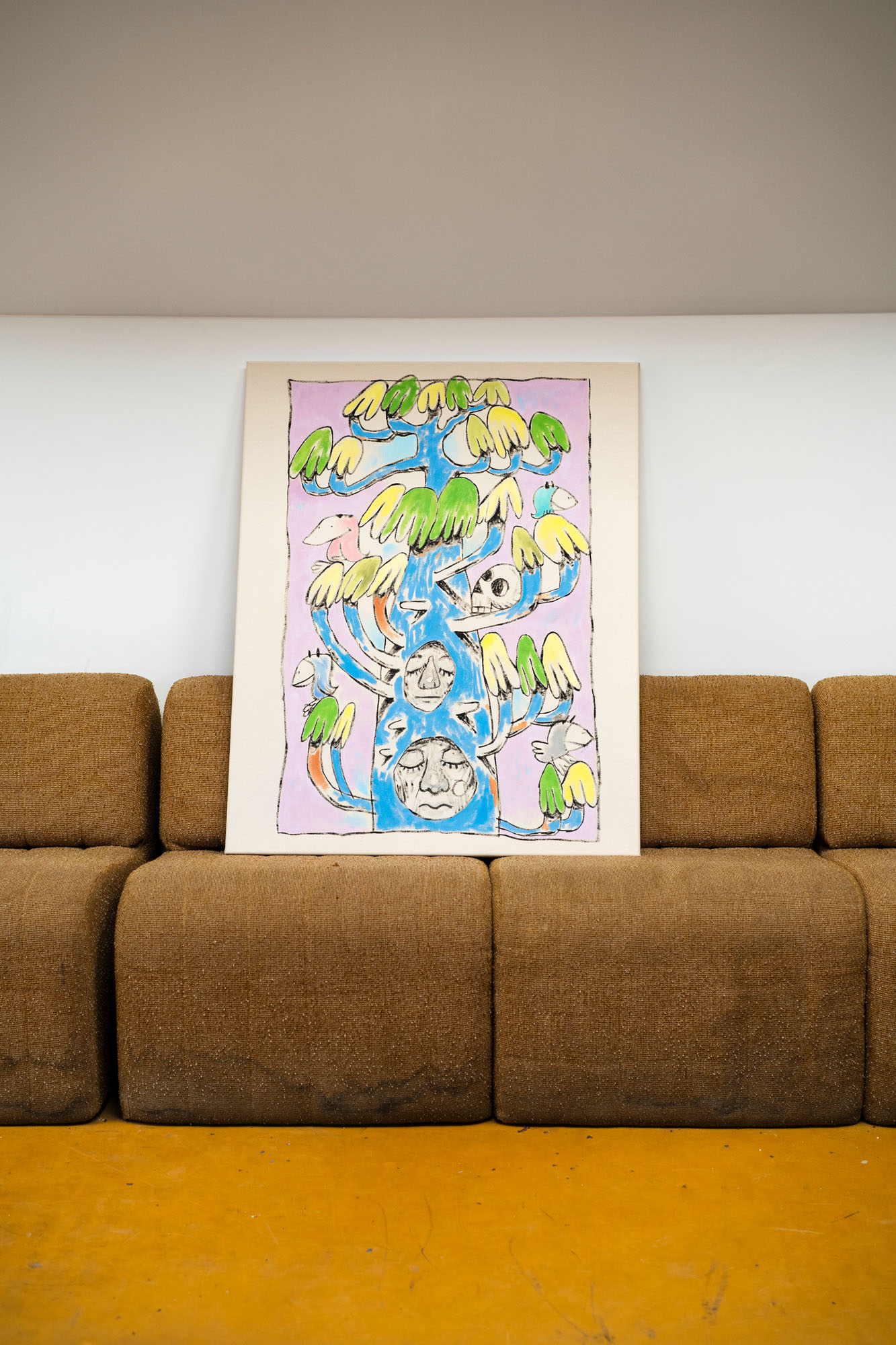
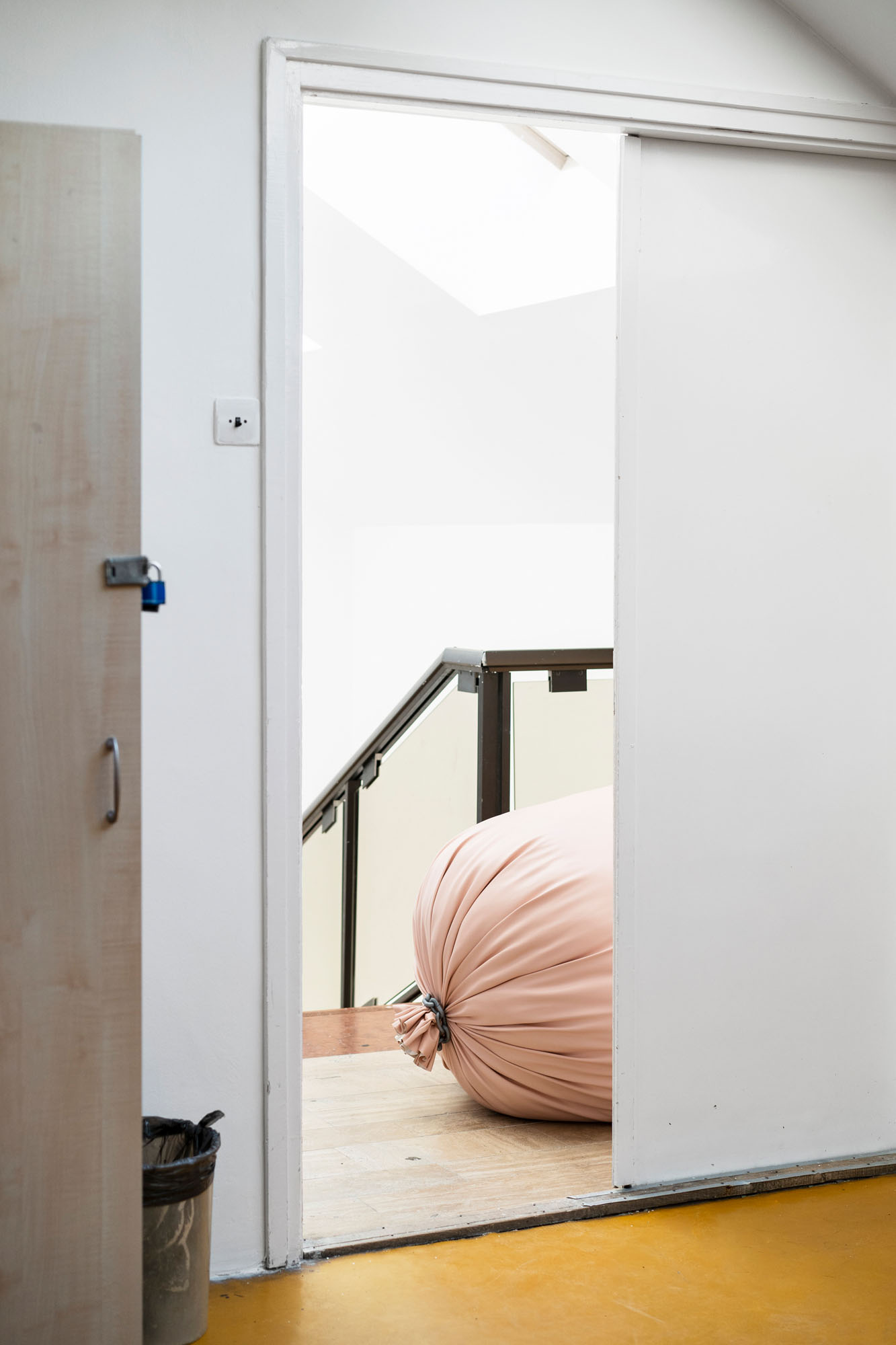
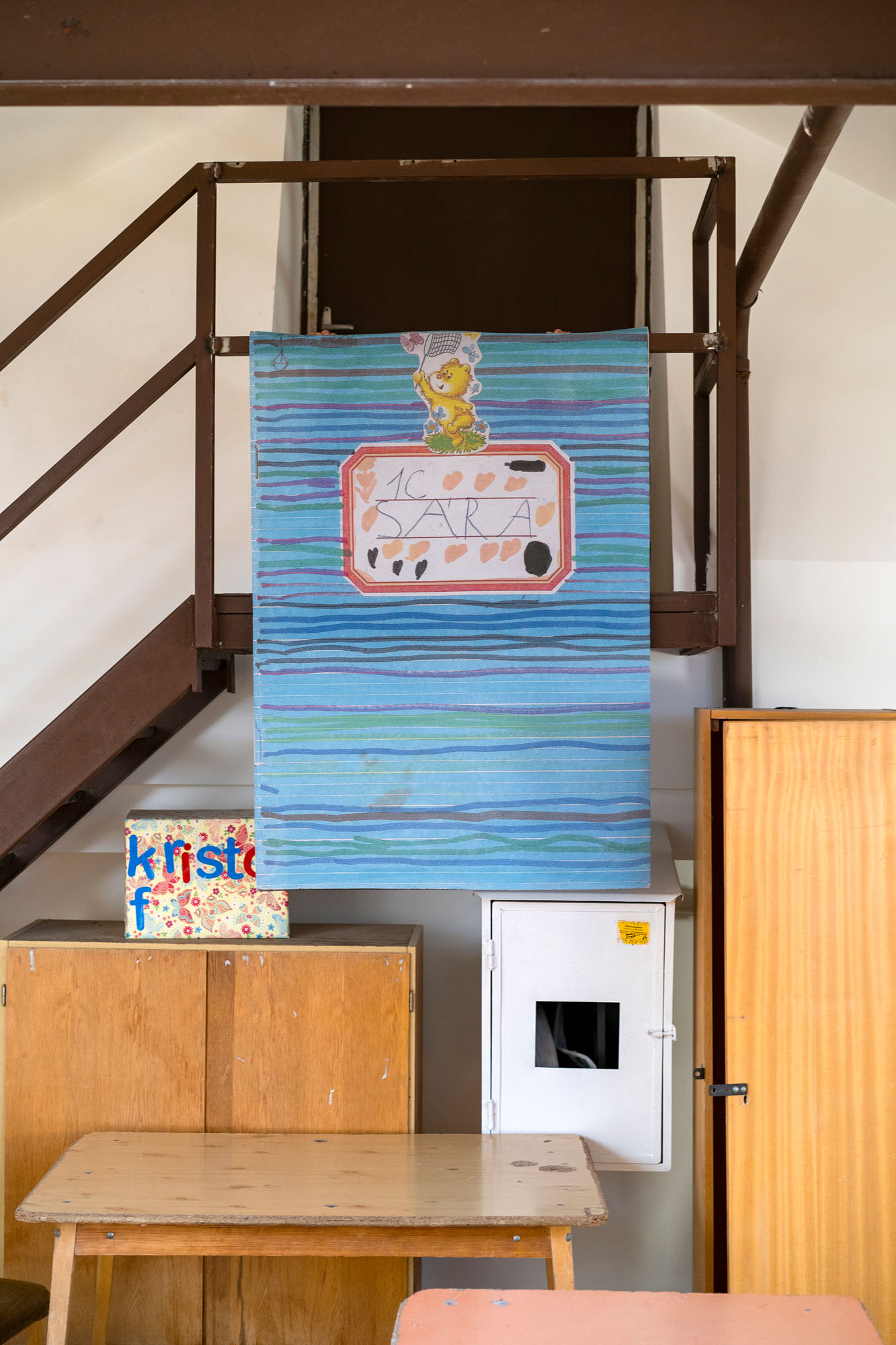
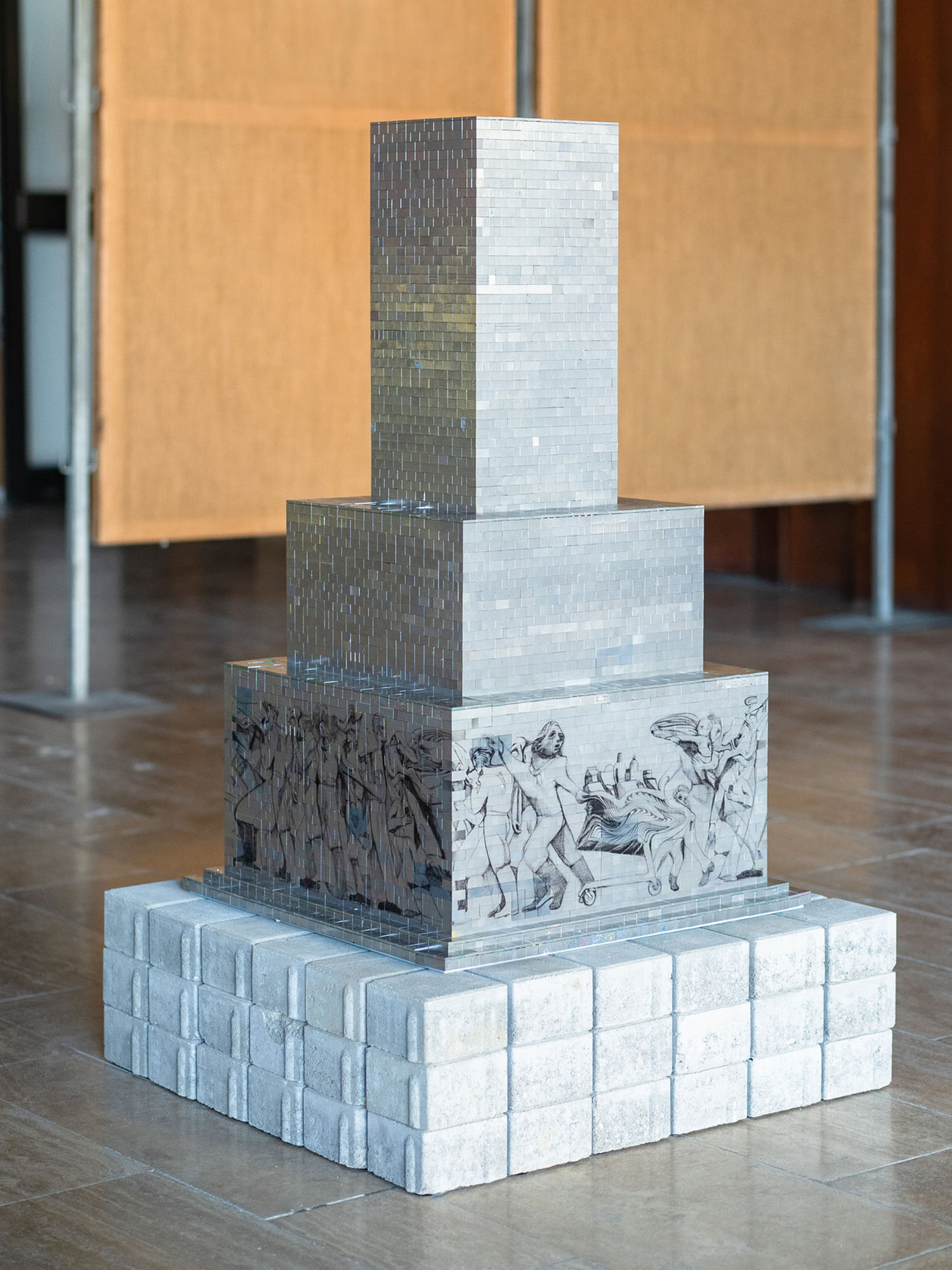
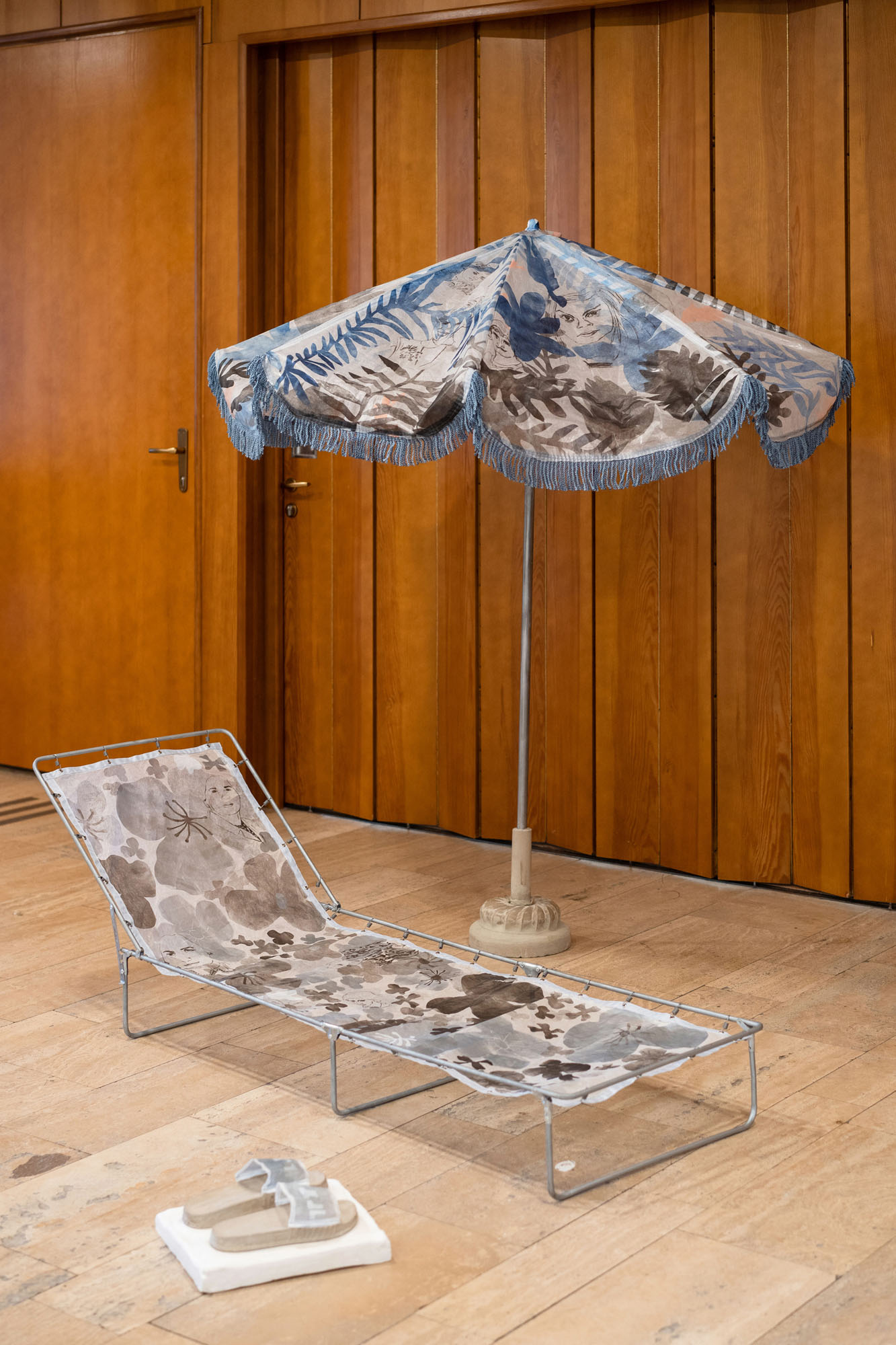
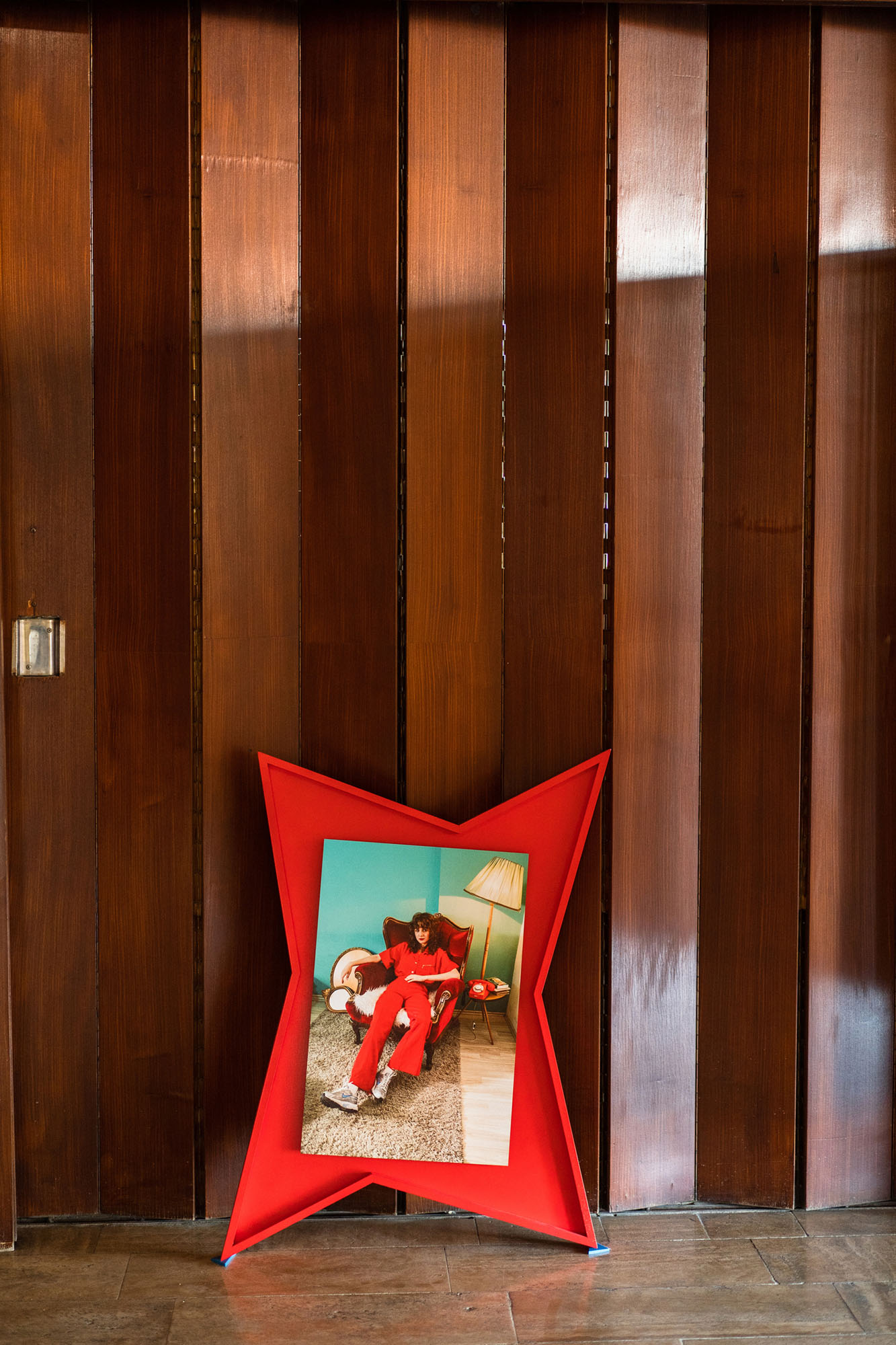
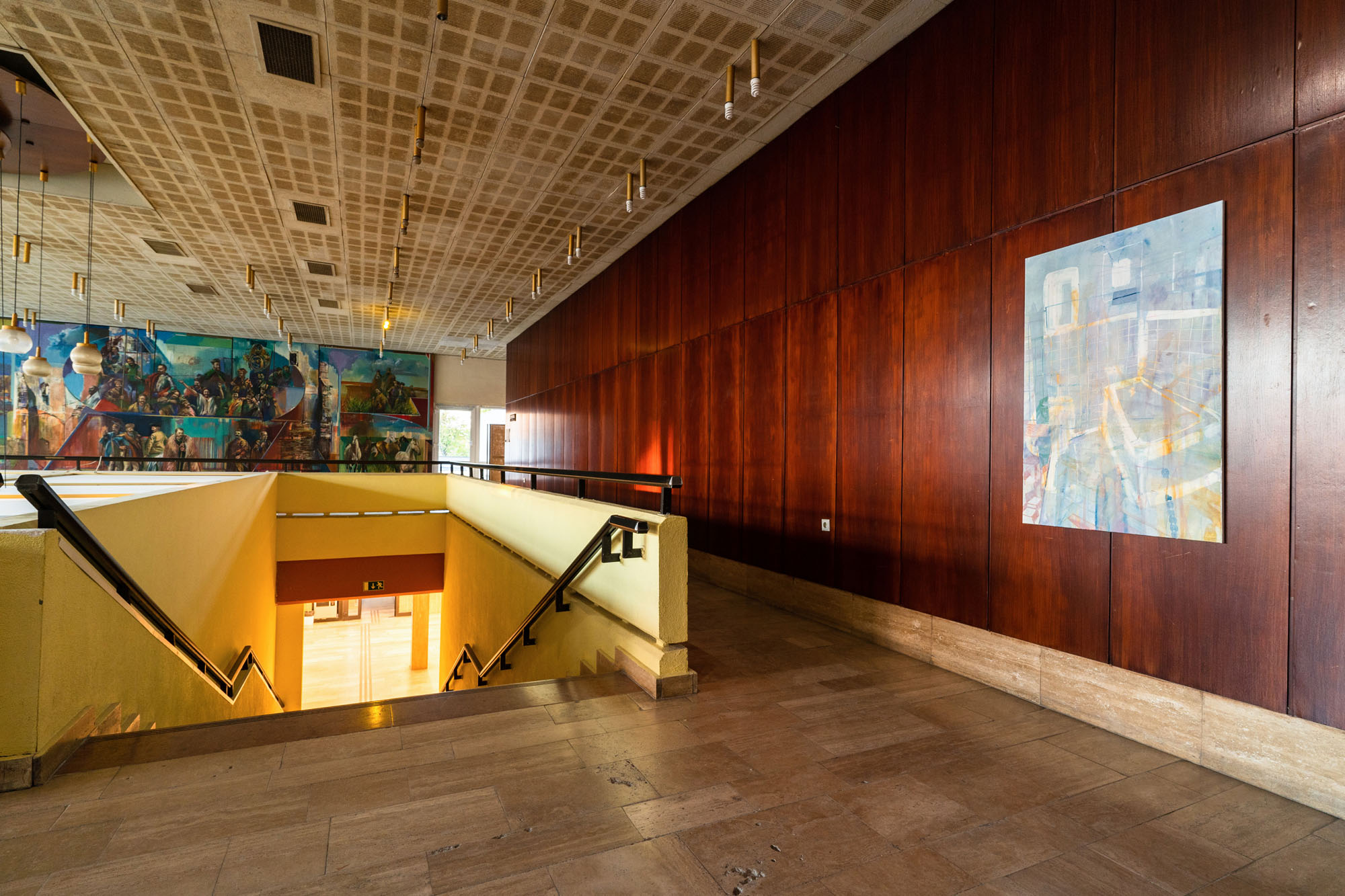
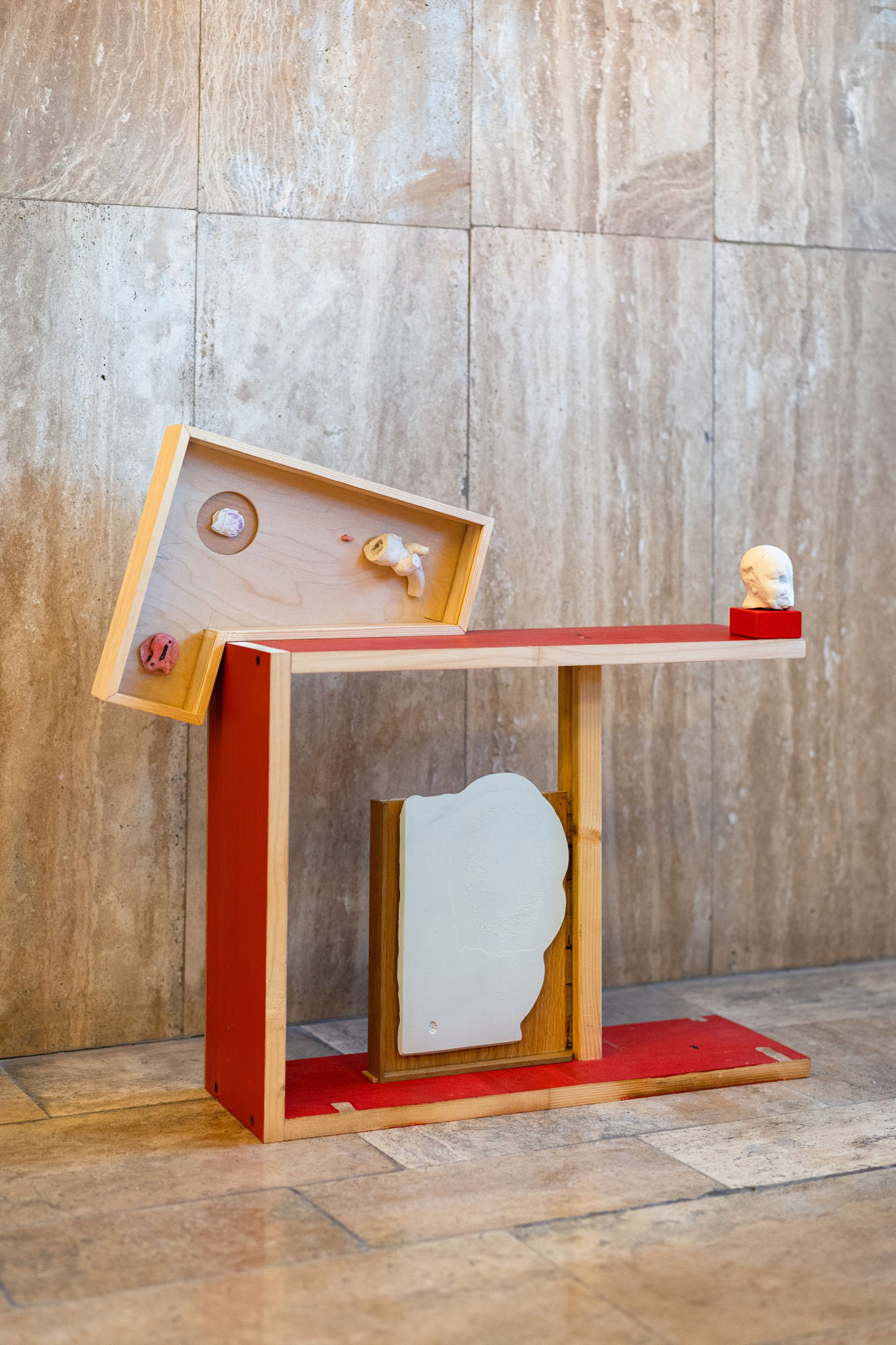
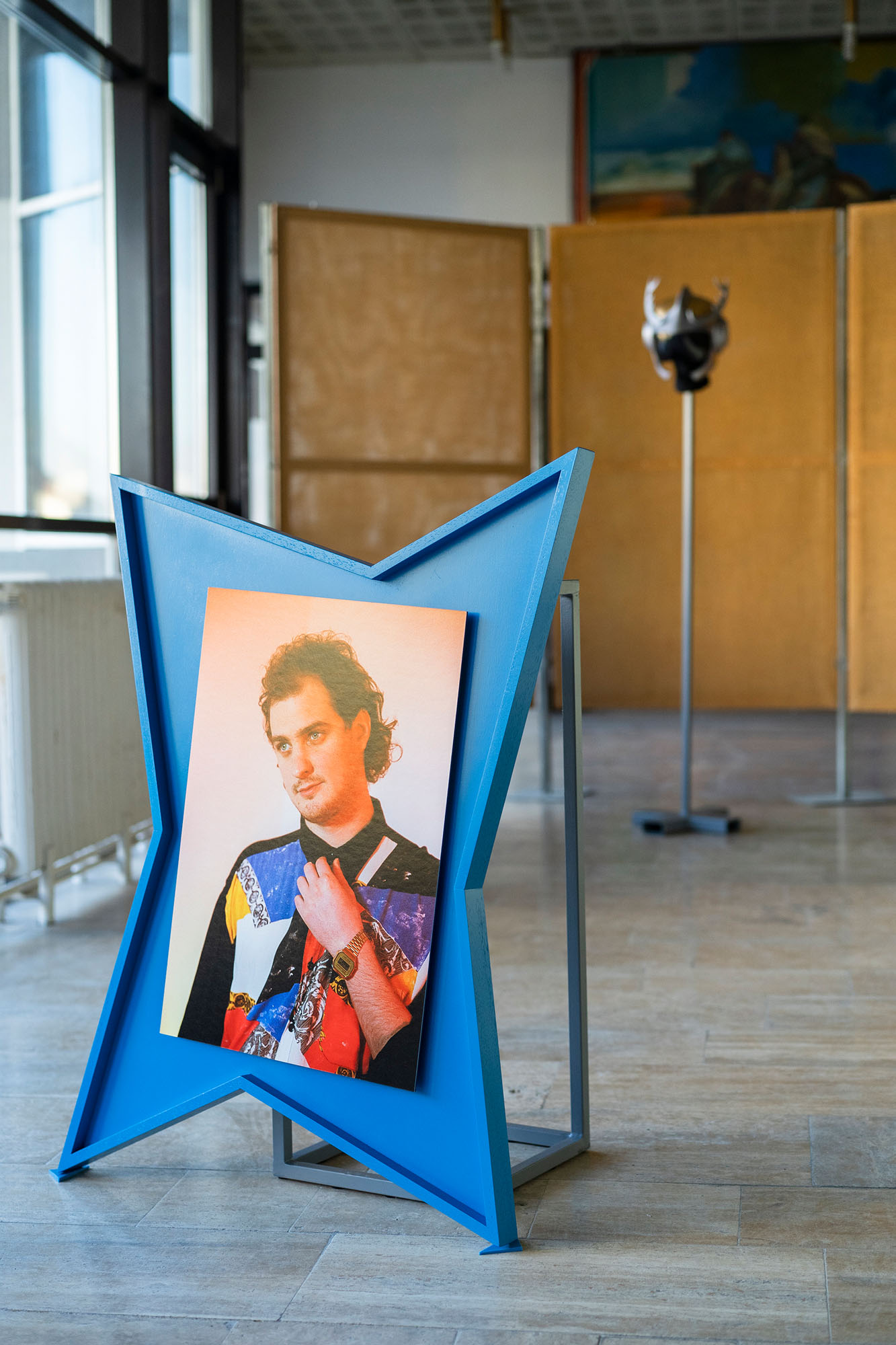
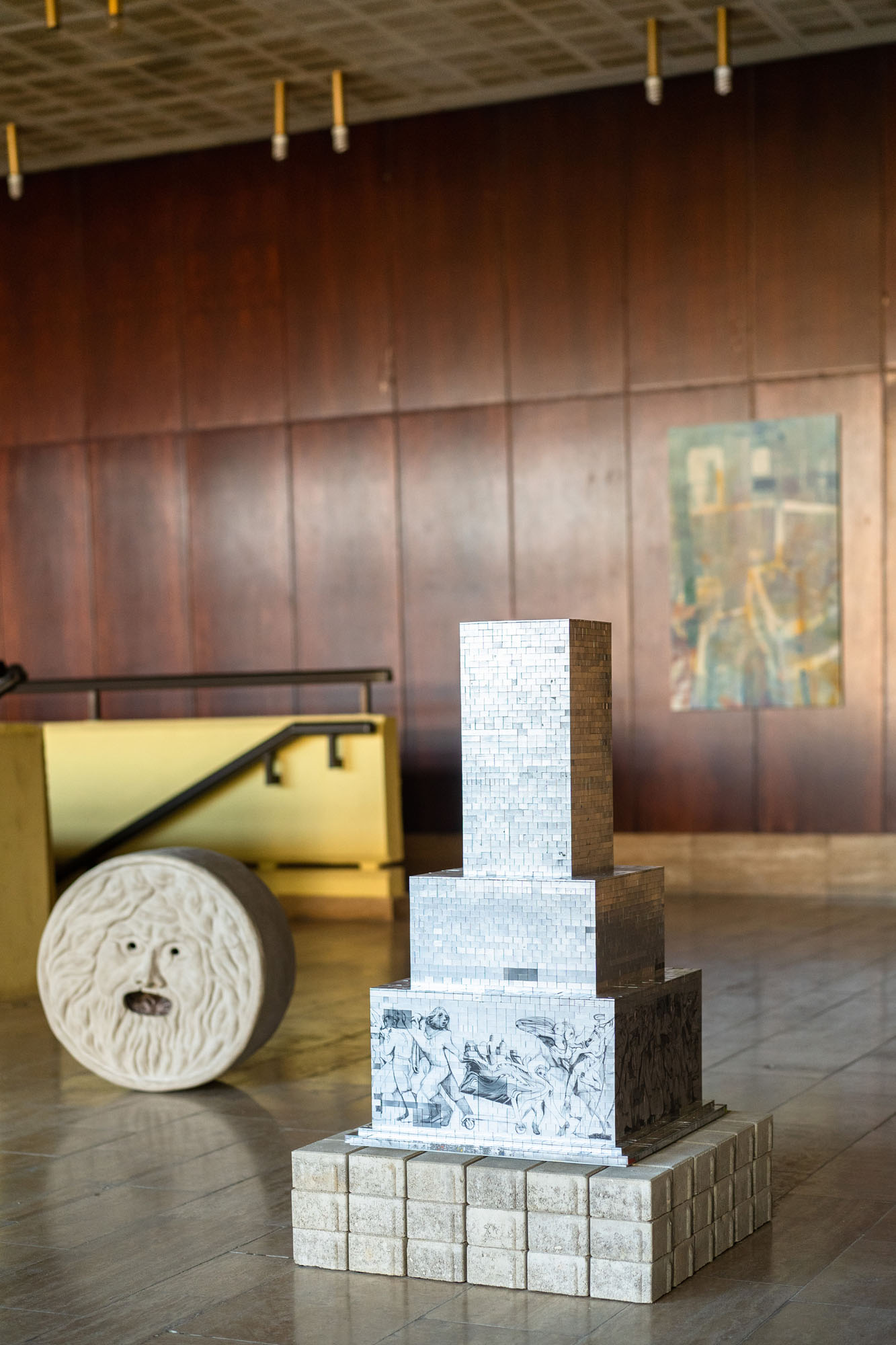
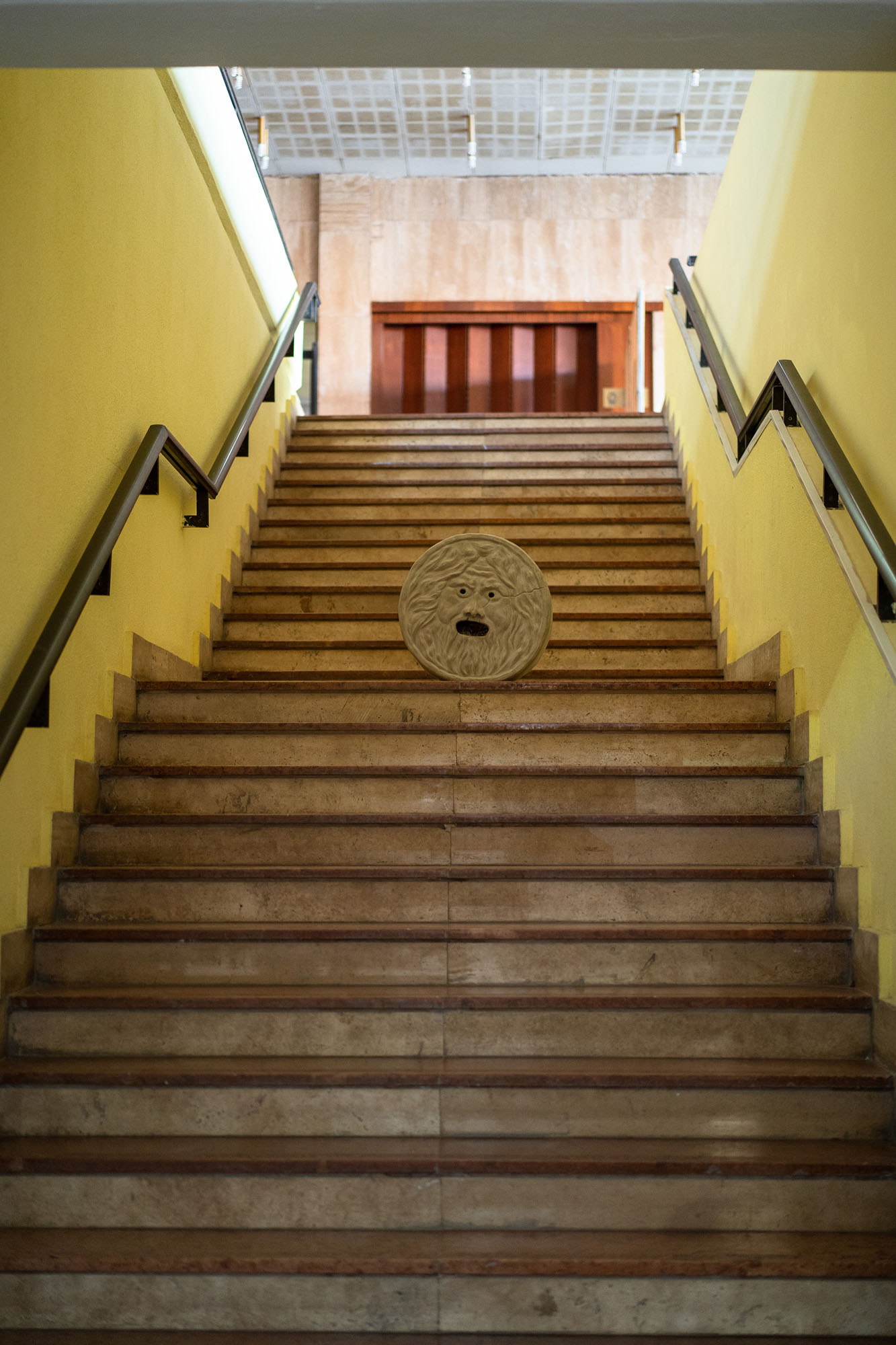
OFLUXO is proudly powered by WordPress
